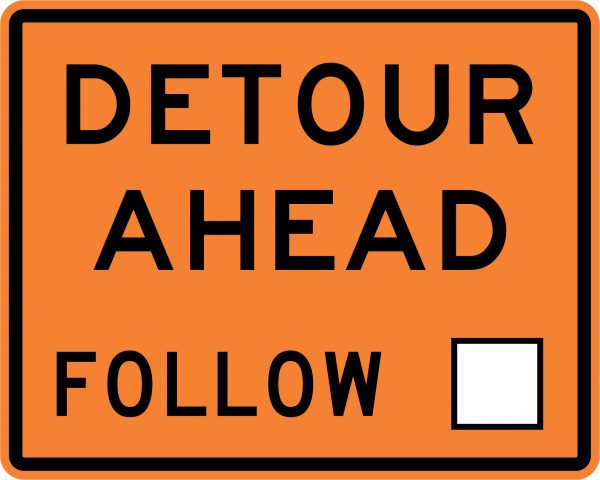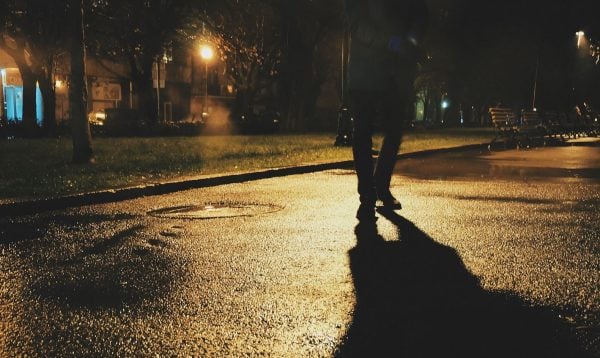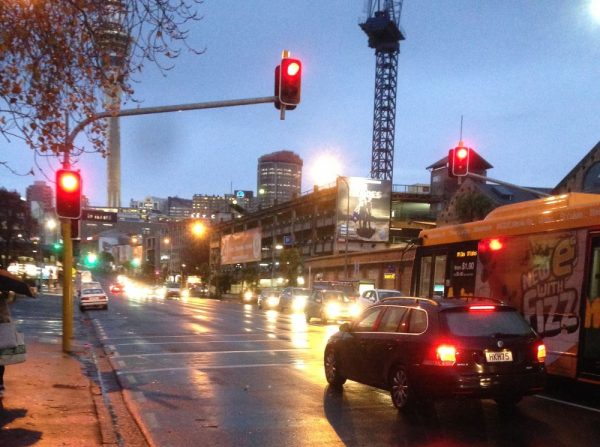Your vehicle’s lights are no match for the sun. They illuminate things only to shades of grey. There’s less detail and depth perception is worse. Vision is our primary sense when driving and once you dull that sense, driving becomes more difficult and more tiring. Here’s what you can do about it.
Why is driving at night so much more difficult?
Visibility
We just alluded to it, but it’s true that headlights are no match for the sun. A good set of headlights on low beam illuminate the road around 30m ahead of you, but you travel almost 30m per second when you are driving at 100km/h. High-beam headlights illuminate around 100m ahead on an unlit road. Your brain has to fill in information based on what it thinks it needs to see and this causes extra strain. You won’t be able to detect colours see pedestrians or animals on the road very easily, or spot potholes (especially if it’s raining).
When another vehicle is travelling towards you, its headlights can dazzle you, making it difficult to see, especially for a short time afterwards while your eyes adjust.
Sleepiness and fatigue
Once the sun sets, it triggers your body to start winding down and getting ready to sleep. If we have a regular time we go to sleep, this habit is also hard to break – you’ll start feeling very sleepy around the normal time you go to bed.
If you regularly have a nap in the afternoon, that means you’ll be even more sleepy in the afternoon than the regular circadian rhythm makes you. Plus, if you suffer from sleep apnoea (which at least 16,000 New Zealanders do), insomnia or you’ve recently had a baby that keeps you awake, you’ll be even more sleepy during the day. Driver fatigue is a big contributor to crashes, so drivers should do fatigue awareness training.
Your eyes
As you age, your eyes get slower and slower at adjusting to low light after they’ve experienced bright light. This makes it more and more difficult for you to see after an approaching car has gone by.
Age-related eye issues such as cataracts, glaucoma and macular generation can affect drivers over time, too. Regular eye health checks are advised.
If you are straining to see, you may find your eyes become tired. If visibility is really low, you will reduce your blinking frequency and this, along with the drier air in the car, can make your eyes itchy.
Navigating, especially to new places
GPS systems like Google Maps have definitely helped take some of the stress away from navigating to a brand new place at night. If you don’t have a GPS navigation unit, though, you will definitely notice how much more difficult it is to see signs and landmarks. This is made even worse if it’s foggy, too.
Road maintenance
Road maintenance on motorways and key arterial routes is often conducted at night to avoid the inevitable congestion issues it would cause during the day. However, this means that you are more likely to experience a detour at night if you use the motorway network.

More drunk and impaired drivers and pedestrians
Thursday, Friday and Saturday nights there is an increase in the number of drunk and drug-impaired drivers on the road at night. People will also be walking back from having a night out and will be distracted either by alcohol, their phones or (if it’s raining) will have reduced visibility if using an umbrella.

Weather
As the temperature drops at night, ice is likely to form at certain times of the year. If there is light drizzle, this can become black ice.
When it’s raining at night, visibility is further reduced and it also makes it difficult to see road markings.

Opportunities for resting and refuelling
While in the cities you’ll find petrol stations open 24/7, in rural areas they are often closed by 9pm, so you have fewer options to stop, refuel and buy supplies.
What are some tips for driving at night?
Don’t use the internal light: your passenger might like adjusting their makeup or checking their hair, but it should wait until you are stopped. Having the internal light on reduces your visibility outside the car.
Keep your glasses, windows and headlights clean: it’s all about getting enough light into your eyes. It goes without saying that you should never wear sunglasses or tinted lenses at night. If your windscreen is dirty, it diffracts the light coming from other people’s headlights, making it harder to distinguish what you’re looking at. Keep the inside of your windscreen clean, too, as particles on the inside make your windscreen mist up very quickly.
Make sure all your lights are working properly: a blown bulb isn’t going to help you see further ahead.
Don’t look at the headlights of approaching vehicles: look to the left of the road until they are past you. This way, your eyes don’t have to adjust as much.
Adjust your mirrors: dim your rear-view mirror so that cars behind you don’t dazzle you.
Use other vehicles’ lights to help determine the road’s direction: you’ll see the red lights of other vehicles disappearing around corners ahead and the white lights of vehicles approaching. Both of these help you determine the road’s direction ahead.
Use street light position: in rural areas with no street lights, a street light is often placed at an intersection. If you see one up ahead, then you know a turn-off is coming up.
Never drive fatigued: get plenty of rest before you drive.
Stay visible: if you have to stop in an unlit area, use your hazard warning lights or sidelights.

